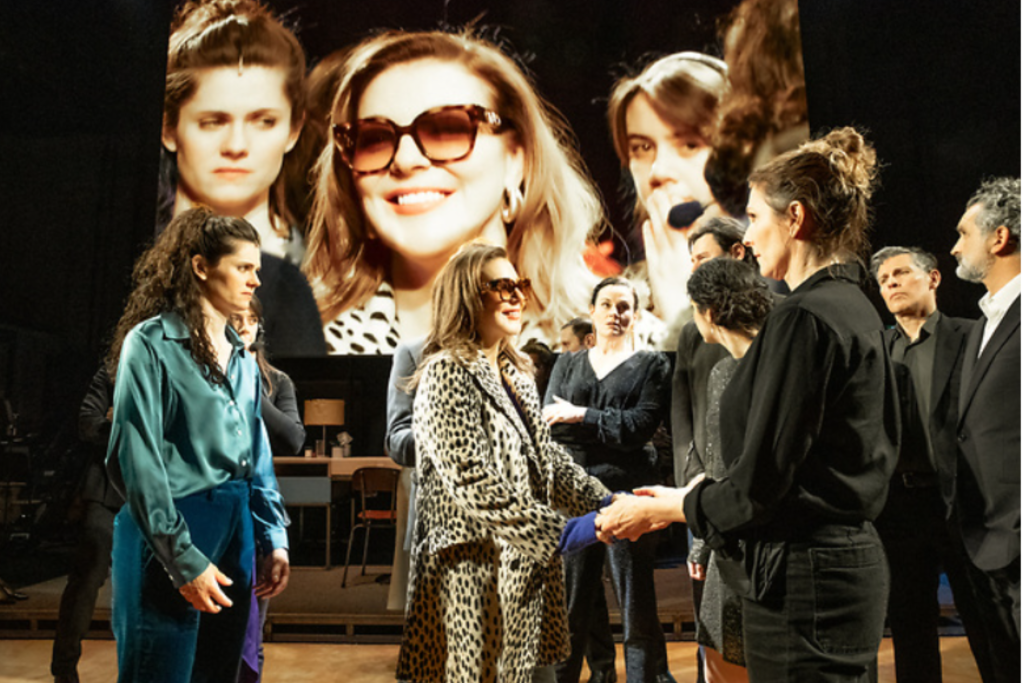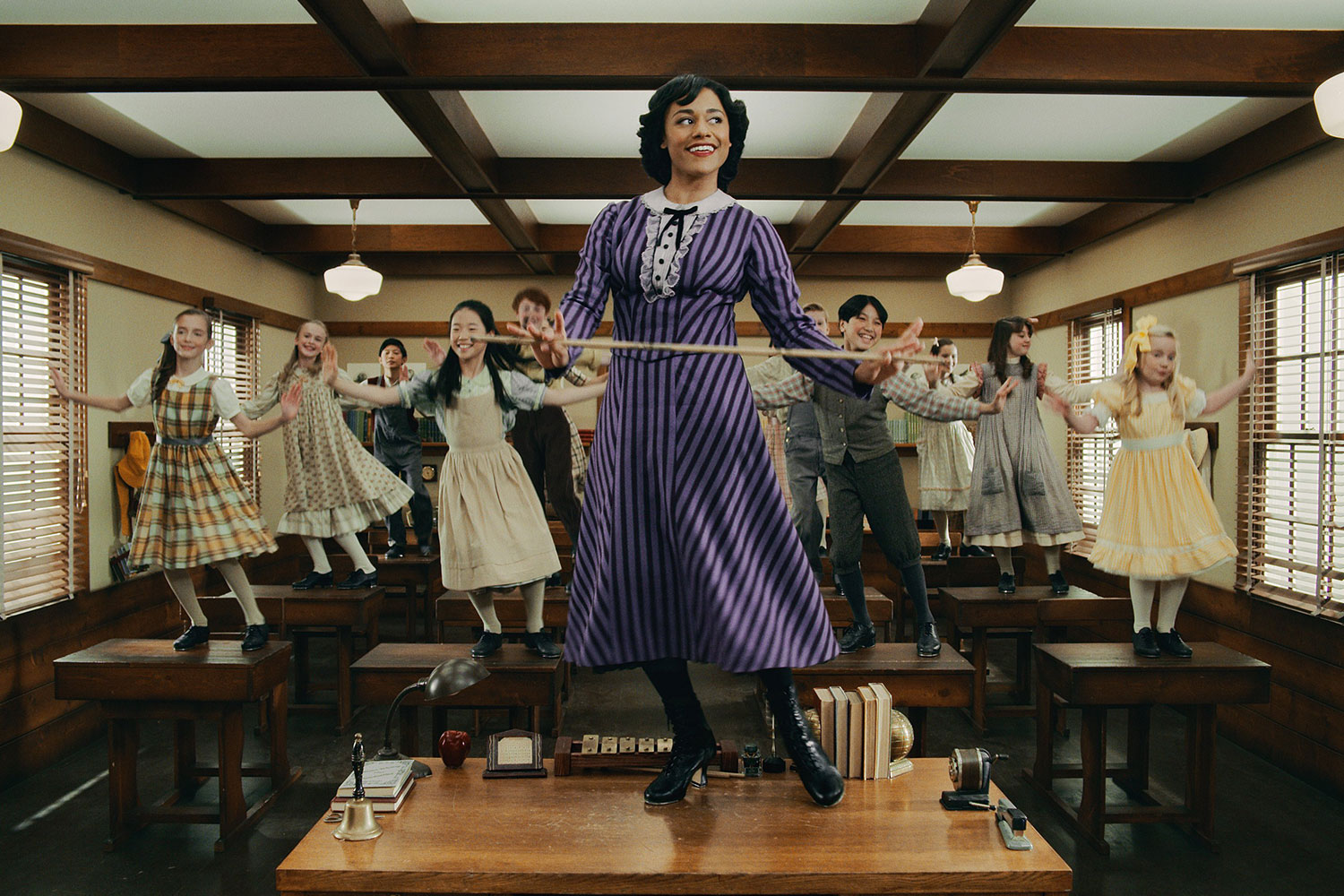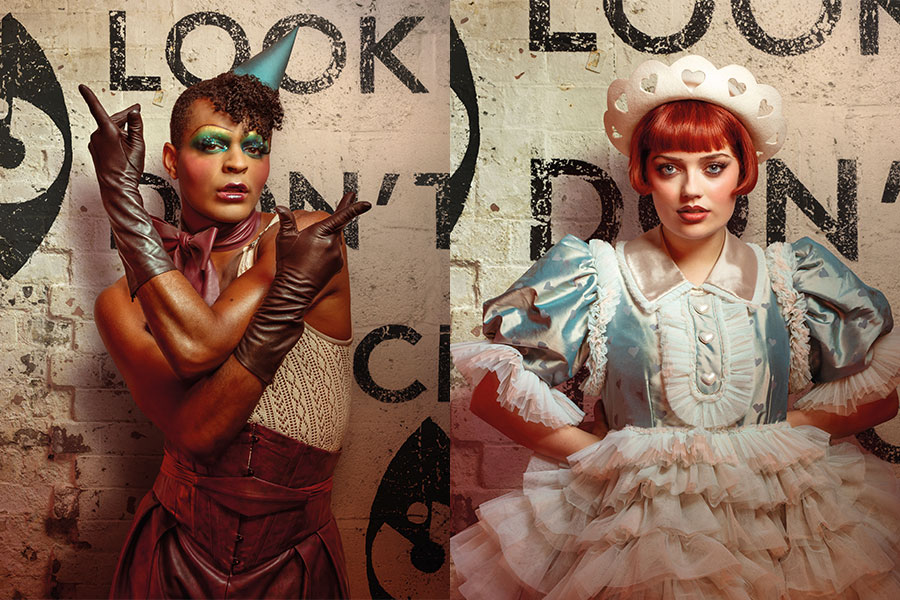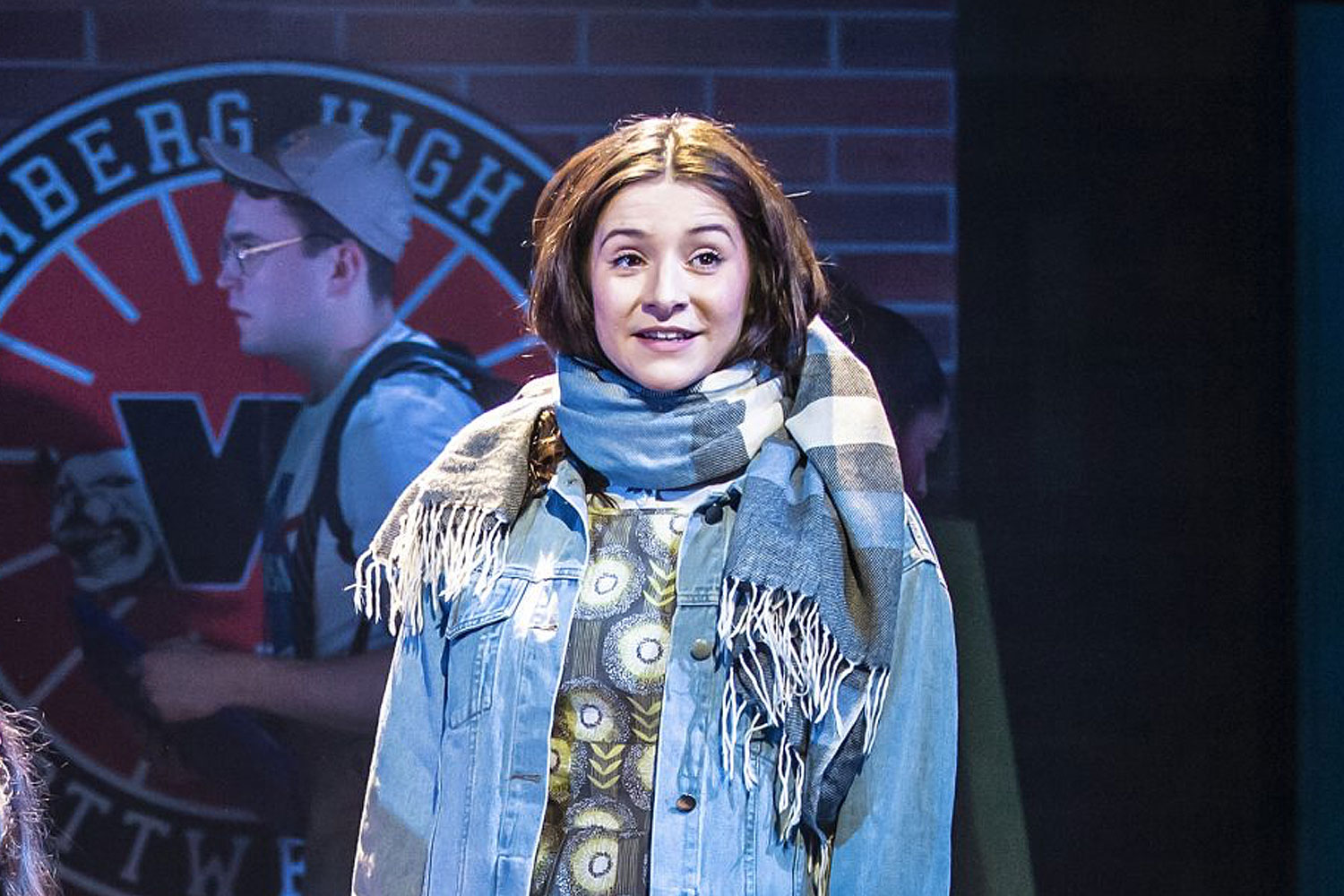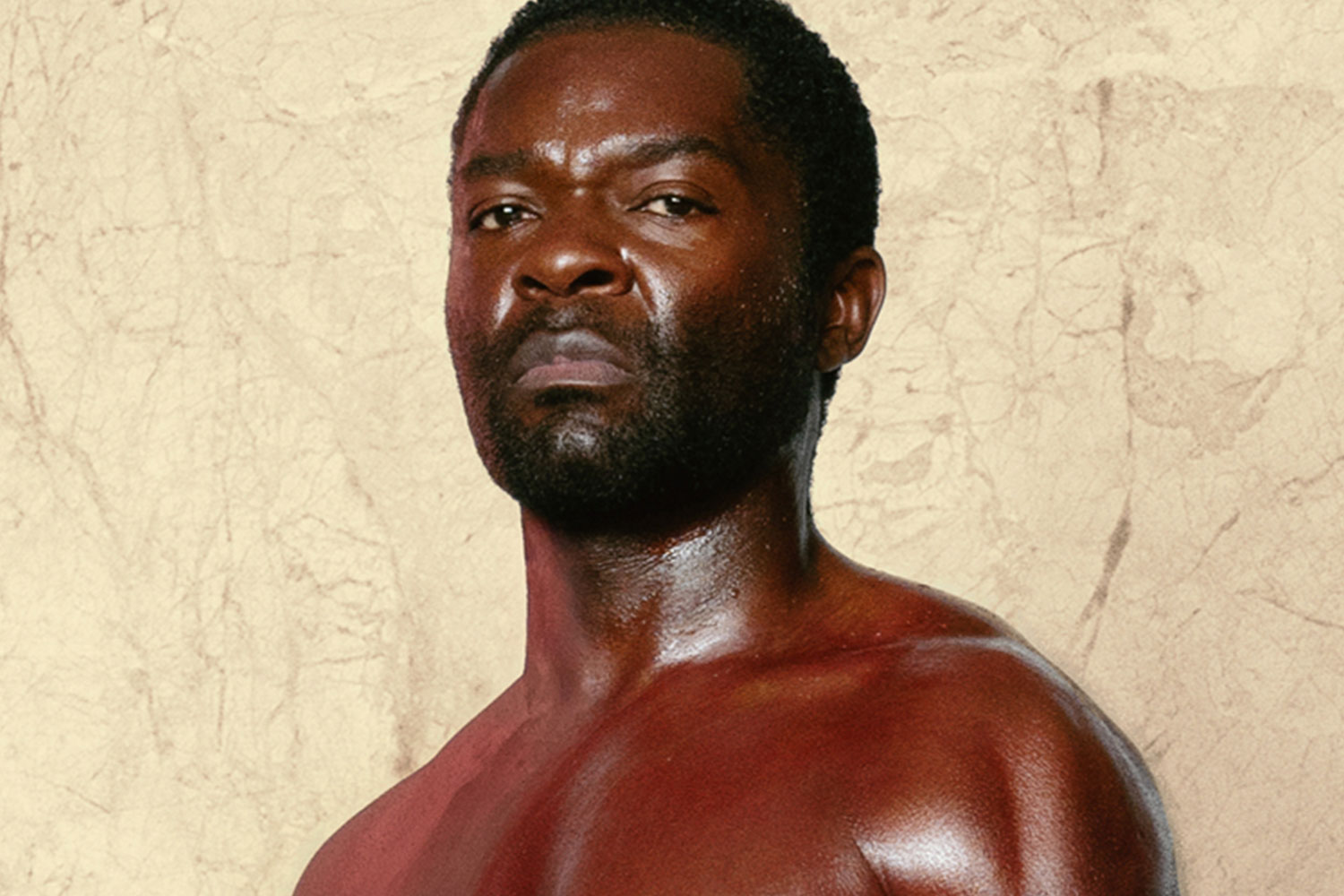Woyzeck on the Highveld
Best known for their work on War Horse, Handspring Puppet Company aim to explore puppets in an African context from their base in Cape Town. Founded in 1981 by Basil Jones and Adrian Kohler, the company’s first international success came ten years later in 1991 with Starbrites. Woyzeck on the Highveld was created in collaboration with artist William Kentridge the following year.
In this adaptation of Georg Buchner’s 19th century play a German soldier Woyzeck is transformed into a migrant worker in 1956 Johannesburg. At its heart a comment on social upheaval and displacement, the driving force behind the plot is jealousy leading to murder.
The puppets are beautifully crafted and costumed – the skinny Captain and fat Doctor a wonderfully visual representation of two sides of the same uncaring society, while Woyzeck’s expression seems to change as the madness creeps deeper. The puppeteers are also more than competent and with a set split over two levels, requiring them to be seen by the audience; you hardly notice them as they manipulate their charges.
To give depth and weight to the piece, without having to use actors alongside puppets, Woyzeck on the Highveld relies heavily on charcoal erasure animations, originally designed by Kentridge. These are beautifully drawn and ever-changing, but while intriguing they are too often for show – the Captain and Doctor blowing smoke rings a good example of style given priority over substance – and threaten to topple the balance of the piece. A simple story grappling with complex themes, this heavy reliance on sometimes incoherent semiotics is disjointing, breaking the flow of the narrative and leaving a sense that neither the story, nor the lesson it aims to present, is complete.
This is not to say that the animations were always ineffectual – the baby flying to the moon and rhino’s writing are both examples of when the animation’s true power is used to great effect. It’s just a shame then that this is extended beyond its usefulness, becoming clumsy and distracting and inevitably taking away from an clever adaptation and beautiful puppetry.





